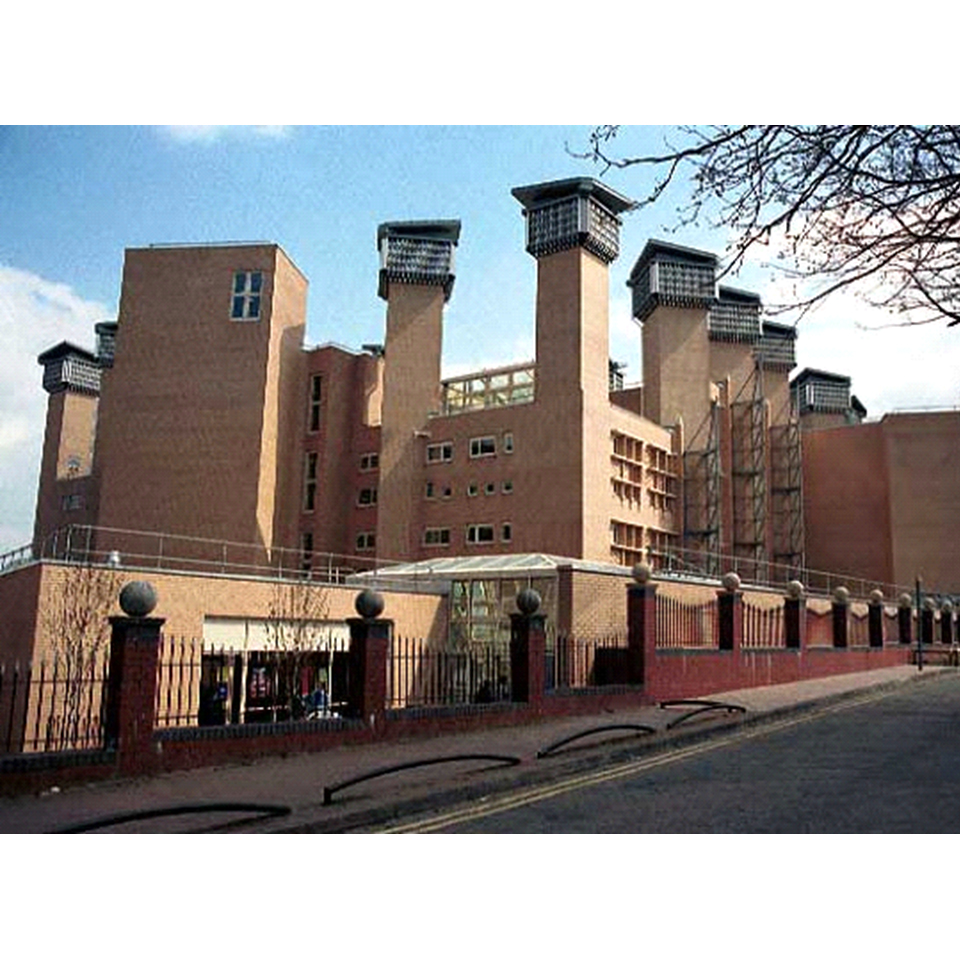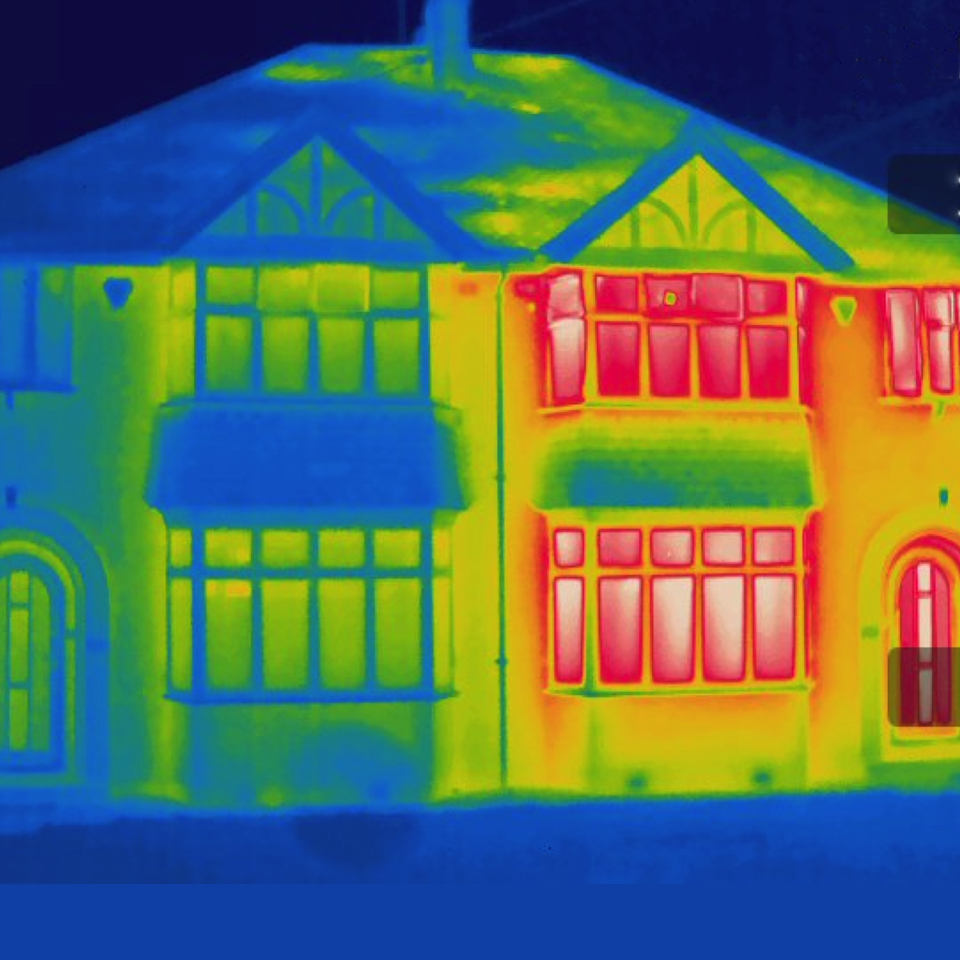Professor Kevin Lomas
Professor of Building Simulation – Architecture, Building and Civil Engineering
Professor Kevin Lomas has worked in the field of building performance for almost 40 years, leading more than 36 major research projects and publishing extensively. His research spans the design, modelling and post-occupancy performance of domestic and non-domestic buildings. Since 2005, he has focused on overheating in UK dwellings. In addition to his research, he has served as a consultant, advising architects and engineers on the design of large, naturally ventilated public buildings.
Ensuring low-carbon indoor thermal comfort
According to the World Health Organisation (WHO), “climate change is the single biggest health threat facing humanity”, with heat stress being of particular concern. In the UK, it is estimated that heat-related fatalities will more than triple – to 7,000 every year – by the 2050s. Kevin’s research is contributing to our understanding of how we can enhance the resilience of our built environment to mitigate this crisis.
Having worked in the field of building performance for approaching four decades, I’ve witnessed some real changes in terms of attitudes towards our indoor spaces as well as the technology available for monitoring them – with the emergence of low-cost, small wireless sensors.
Despite these shifts, my underlying research concerns have remained constant – developing a greater understanding of buildings’ energy demands and, more broadly, how we ensure the sustainability of our urban areas – particularly in light of the climate crisis and global warming.
Extreme heat has particularly serious impacts in the Global South. The REFIT project is collecting data on indoor temperature and humidity – using discrete sensors as well as interviews, auto-photography and thermal modelling – to reduce heat stress and improve well-being in homes, workplaces and health facilities. We’re also constructing experimental buildings to understand how heat stress is experienced and how it can be reduced.

My contribution to the project draws on previous work into the energy demands and indoor conditions of UK homes and non-domestic buildings, including offices and hospitals.
I’ve been involved in several large-scale field trials over the years – including CARB, DeDeRHECC, 4M and DEFACTO – which have created new primary data sets that demonstrate the severity of summertime overheating in UK homes. These studies also allowed us to develop and validate new dynamic thermal models.
Based on this expertise, and in partnership with the Building Research Establishment, and funded by the Department for Business Energy and Industrial Strategy, I delivered the overheating analysis for the Energy Follow-up Survey – the most comprehensive record of energy demand and temperatures in English homes ever assembled.
My research demonstrates that summer overheating is becoming a significant global issue. We must address the problem – and find solutions that safeguard us all.

The study gathered data on household occupancy and heating patterns, thermal comfort and energy consumption – with a particular focus on fuel-poor households. Household interviews enabled us to understand the socio-technical interactions between people, their homes and their energy systems.
The overheating analysis led to a new Building Regulation that will curb the incidence of overheating in new English homes. The work is also informing the development of the new version of the SAP programme which is used to produce the Energy Rating certificates of all English homes.
Meanwhile, our full-scale experiments – using two sets of matched-pair homes with simulated occupancy – have quantified the impacts of thermal mass, ventilation and shading, allowing us to explore ways to reduce the risk of indoor overheating, through new technologies and refurbishment strategies.
My research findings highlight the prevalence of summer overheating in buildings which is a significant global issue. We must address a range of related questions – which homes overheat, by how much and why, and which groups of people suffer most as a result – and find solutions that safeguard us all.
My research journey
My journey began at The University of Nottingham where I completed both my under- and postgraduate studies, achieving my BSc in Civil Engineering and my PhD in Geotechnical Engineering. My postgraduate research concerned frost heave: soil movement – caused by the expansion of groundwater as it freezes – which damages roads.
My first spell at Loughborough was during the early 1980s. I lectured in Geotechnics and Highway and Traffic Engineering before taking a postdoctoral post at De Montfort University to develop methods of validating dynamic thermal models of buildings.
This posting set the course for the rest of my career. The shift from ground freezing to building simulation may seem odd, but both are founded on modelling heat and mass transfer, and the validation of those models.
I remained in Leicester, in various roles, achieving my Professorship in 1996.
Between 2000-08, I was the Director of the Institute of Energy and Sustainability at De Montfort. Our consultancy work with architects and engineers supported the design of 20 innovative and award-winning low-energy, naturally-ventilated, public sector buildings.
I made my way back to Loughborough in 2008, where – through a series of EPSRC grants – I have established a firm research foundation for the Building Energy Research Group.
Many years after leaving Nottingham, in 2012, I was awarded a DSc for my work on Building Simulation, Low Energy Design and Sustainable Urban Environments.
Since 2009, I have been the Loughborough Director of the EPSRC London-Loughborough CDT in Energy Demand and am now also the Director of the EPSRC CDT in Energy Resilience and the Built Environment.
I’m proud of these two centres. They will train more than 100 future leaders in an area of research that I’m passionate about – creating a clean, safe, secure and socially equitable built environment.
